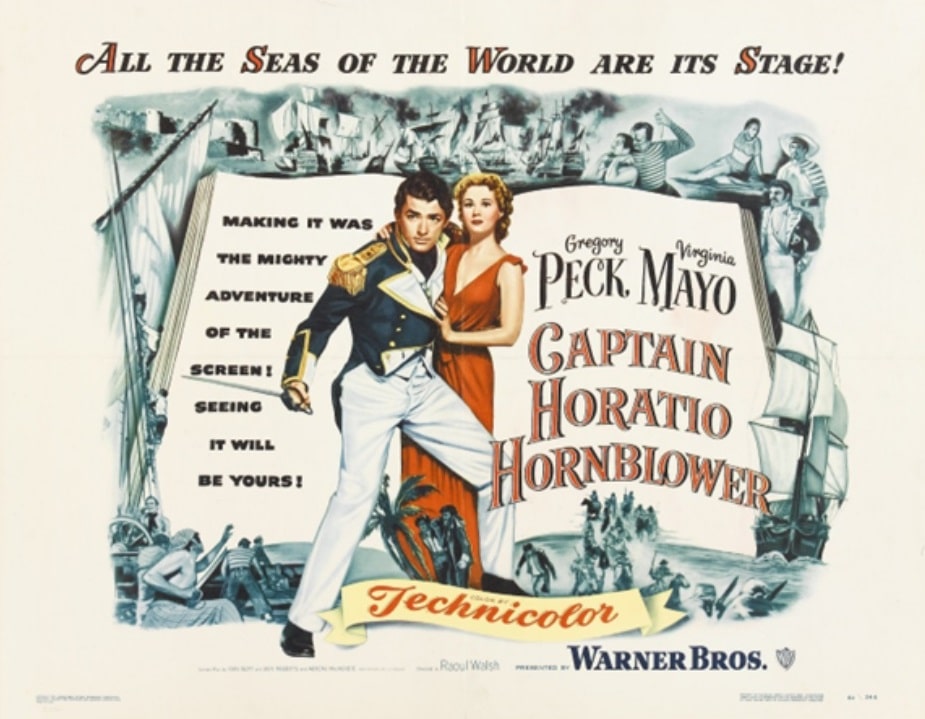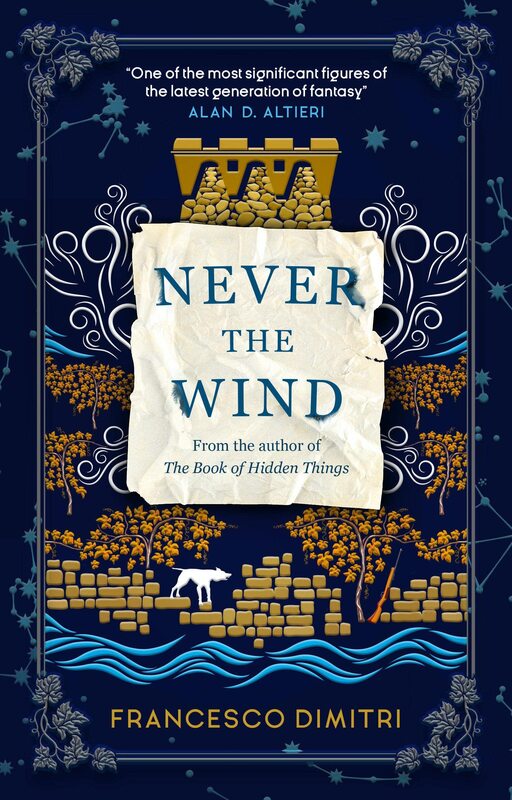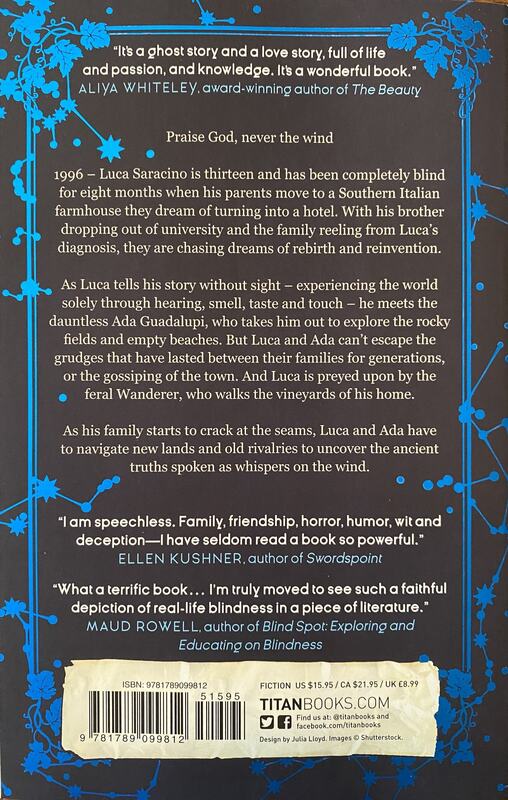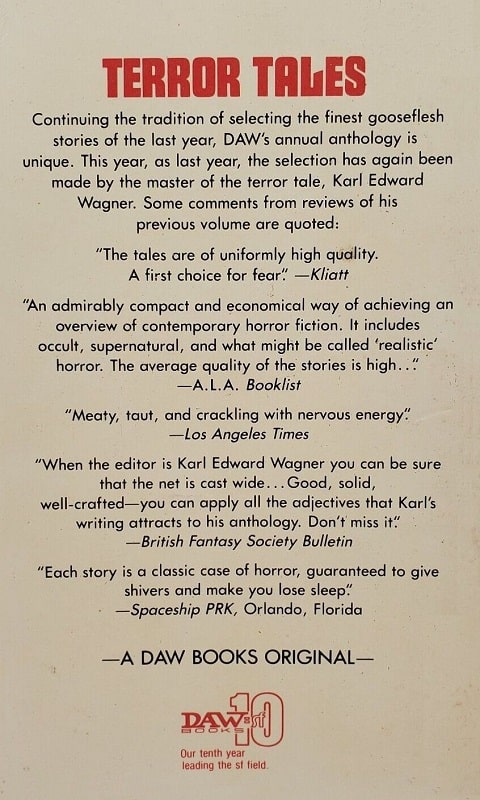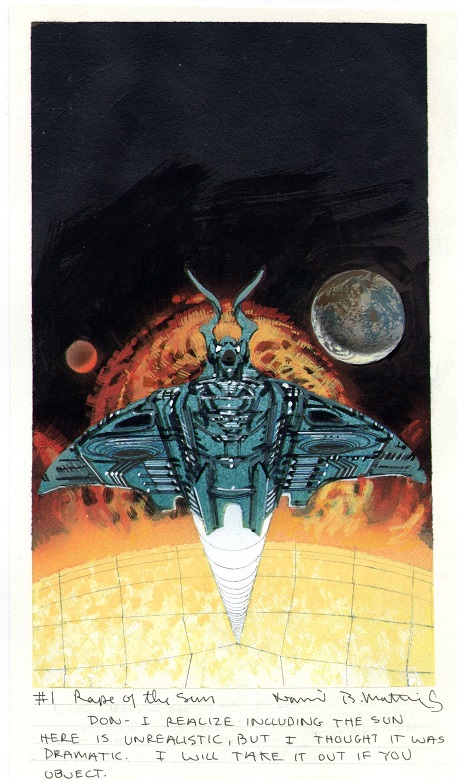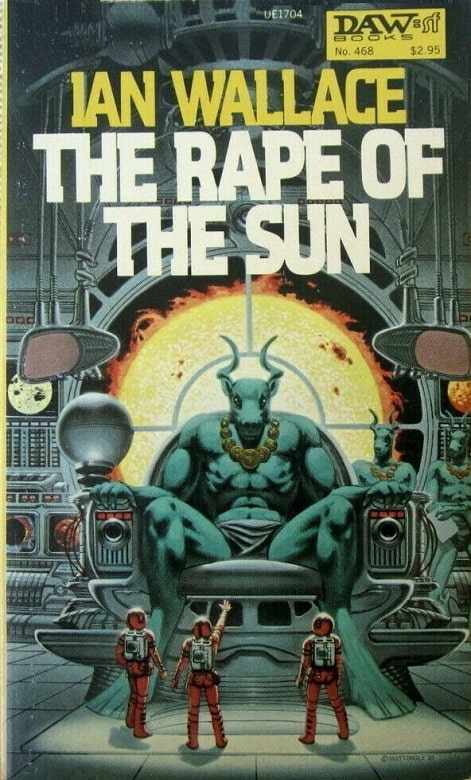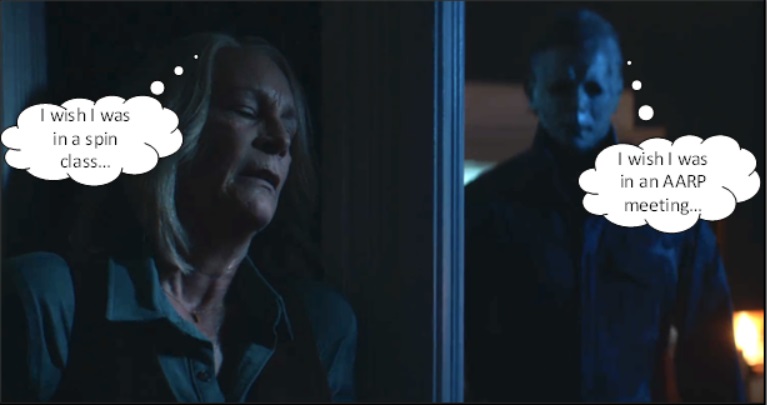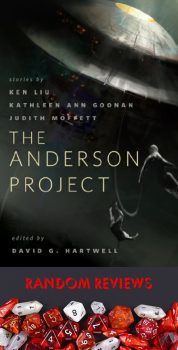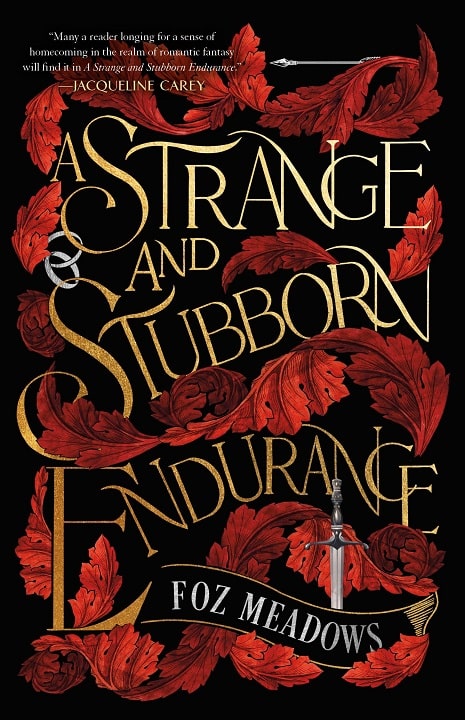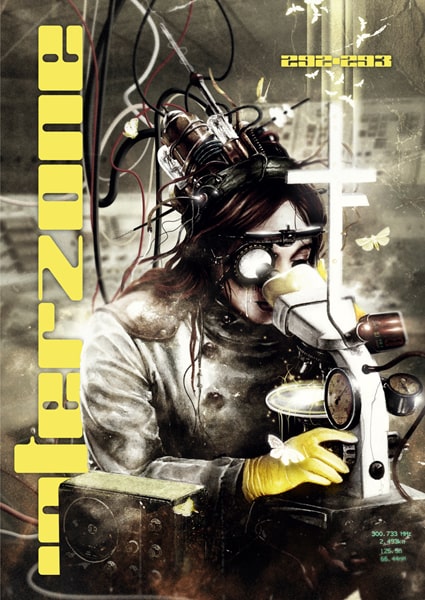Random Review: “A Conglomeration of Bees” by Kiel Stuart

Beyond the Last Star was the fifth and final anthology put together on SFF.net, a one-time website that served not only as the webhost to numerous science fiction authors from 1996 until 2017. In addition to webhosting, SFF.net also ran a bulletin board analogous to USENET or the GEnie boards out of which it grew. The community that existed at SFF.net not only put out a series of anthologies, but also compiled and submitted the infamous Atlanta Nights, as written by Travis Tea, as a sting operation after PublishAmerica stated that “the quality bar for sci-fi and fantasy is a lot lower than for all other fiction.”
Kiel Stuart’s story for the final SFF.net anthology, “A Conglomeration of Bees” has a wonderfully nostalgic feel to it, a story that inhabits the same world as Ray Bradbury’s tales of growing up in “Green Town.” The story is set in a small town that could be anywhere in the United States although Stuart defines it as Sag Harbor, Long Island.
The focus is on Kate Demarest, who sold various random items off the front porch of her house. Her day started out normally, including a visit to an antiques shop, when she heard rumors or a swarm of bees moving through town in the shape of a man, apparently walking around and emulating tipping its hat. Although Kate hopes to see the bee-man, with a sense of trepidation, she also has her own business to run, no matter how slow it is.
When dealing with a regular customer, Mrs. Sedgwick, who is sure that Kate is hiding the items she is interested in, Kate’s day is enlivened by the appearance of a mandrill, who enters store on Kate’s porch and begins to rummage through the miscellany she is selling. While Mrs. Sedgwick is disturbed by the creature, Kate treats it as any other customer, knowing that there is a bonus in that the mandrill with cause Mrs. Sedgwick to leave.
